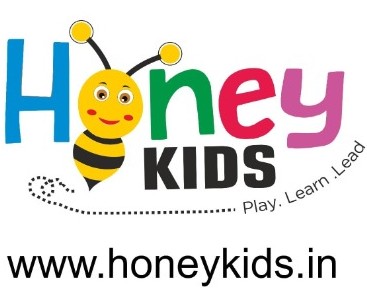Play is an essential part of learning in the early years. Through play, children not only have fun but also develop cognitive, social, emotional, and physical skills. Play school activities should be both enjoyable and educational, helping young learners explore their environment, build new skills, and foster creativity. Here are 10 fun play school activities that are sure to engage young learners:
1. Color Sorting with Objects
- Materials: Colored blocks, balls, or any objects in various colors.
- Activity: Provide children with a set of objects in different colors and ask them to sort them into groups. This activity helps young learners develop color recognition and improve their sorting and categorization skills. It also encourages fine motor skills as they handle the objects.
2. Sensory Bins
- Materials: A large bin, rice, pasta, sand, or water, with small toys or objects to hide inside.
- Activity: Fill a bin with rice, sand, or water, and hide small toys inside. Let the children explore the bin with their hands, searching for the hidden items. This activity helps children improve their sensory processing skills and fine motor development while promoting curiosity and problem-solving.
3. Animal Yoga
- Materials: None (just enough space for movement).
- Activity: Incorporate fun animal poses into a simple yoga routine. Ask children to mimic different animals, such as a cat, cow, or frog. This activity not only helps with physical coordination and balance, but it also promotes mindfulness and relaxation, which are important for emotional regulation.
4. Storytime with Props
- Materials: Props or toys related to a story (e.g., puppets, stuffed animals, hats).
- Activity: Read a short story to the children, using props to make the story more interactive. Encourage children to act out the parts of the story or mimic the actions of characters. This activity promotes language development, listening skills, and imagination.
5. Shape and Pattern Hunt
- Materials: Paper or cardboard cutouts in different shapes and colors.
- Activity: Hide different shapes (circles, squares, triangles) around the classroom or outdoor area. Ask the children to find and match the shapes with corresponding cards or boards. This helps children develop shape recognition, pattern identification, and problem-solving abilities.
6. Nature Walk and Scavenger Hunt
- Materials: Scavenger hunt list with items like leaves, rocks, flowers, etc.
- Activity: Take the children on a nature walk and have them find items from a list (e.g., a red leaf, a round stone). This activity encourages gross motor movement, observation skills, and scientific exploration as children connect with nature.
7. Playdough Creations
- Materials: Playdough in various colors, rolling pins, cookie cutters, and other child-friendly tools.
- Activity: Let the children use playdough to create different shapes, animals, or objects. Encourage them to explore textures and use different tools to enhance their creations. This activity is excellent for developing fine motor skills, creativity, and hand-eye coordination.
8. Building Blocks and Construction Play
- Materials: Building blocks, Legos, or other stacking toys.
- Activity: Provide children with building blocks to create structures, towers, or bridges. You can challenge them to build something specific, such as a house or a vehicle, or simply let them explore and create freely. This activity strengthens problem-solving, spatial awareness, and social skills (if done in groups).
9. Musical Chairs with Movement
- Materials: Chairs, music (optional).
- Activity: Play a version of musical chairs, but instead of sitting, ask children to stop and strike a pose when the music stops (e.g., freeze in a certain position, hop like a bunny, or stand tall like a tree). This activity is great for gross motor skills, listening skills, and following directions.
10. Interactive Art Station
- Materials: Large sheets of paper, crayons, markers, stamps, stickers, paint.
- Activity: Set up an art station where children can freely express themselves through drawing, stamping, or painting. You can also give them themes (e.g., “Draw your favorite animal” or “Create a rainbow”) or let them be creative with their own ideas. This promotes self-expression, fine motor development, and creativity.
Final Thoughts
These fun and engaging activities are a great way to support the development of young learners while ensuring they have an enjoyable experience. Play-based learning allows children to explore, experiment, and make sense of the world around them. Whether indoors or outdoors, these activities help foster important skills that will benefit children throughout their early education and beyond!

Comments are closed